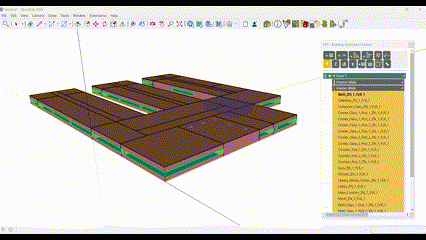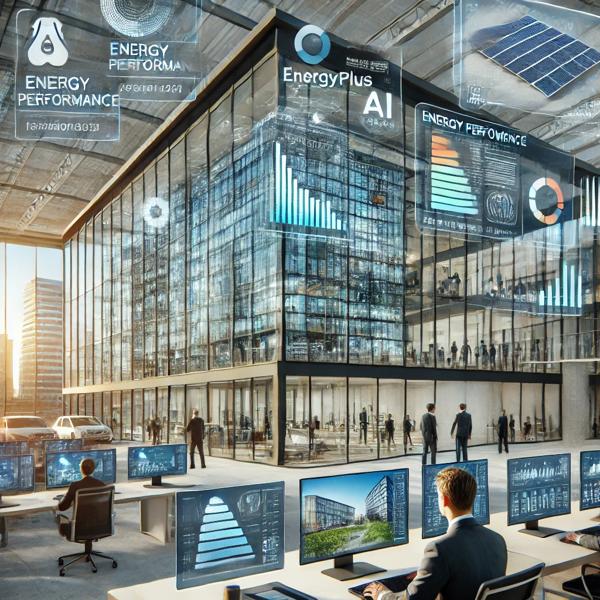What Is the 179D Deduction?
The 179D deduction, officially known as the Energy-Efficient Commercial Buildings Deduction, is a federal incentive designed to encourage energy savings in commercial and government buildings. Qualifying building upgrades, whether in HVAC systems, lighting, or overall building envelope improvements, can mean significant tax savings. For organizations that want to demonstrate sustainability while directly benefiting the bottom line, 179D is a valuable tool.
Why CFOs Should Care
1. Substantial Tax Deductions
Qualifying for the 179D deduction can mean up to $1.88 per square foot in deductions. For larger buildings, these savings can scale quickly, directly reducing taxable income. Imagine the impact of these savings across a portfolio of properties—it’s a straightforward way to turn energy-efficient initiatives into real financial gains.




